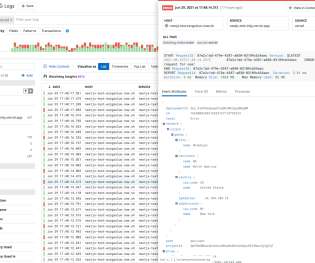Revisiting “Serverless Architectures”
The Symphonia
MAY 22, 2018
I started writing “ Serverless Architectures ” in May 2016. Fast forward to two years later and the article has had more than half a million visits, regularly appears in the top five Google search results for “Serverless”, and helped launched Symphonia ?—?my What is Serverless? I thought a few folks might be interested.













Let's personalize your content